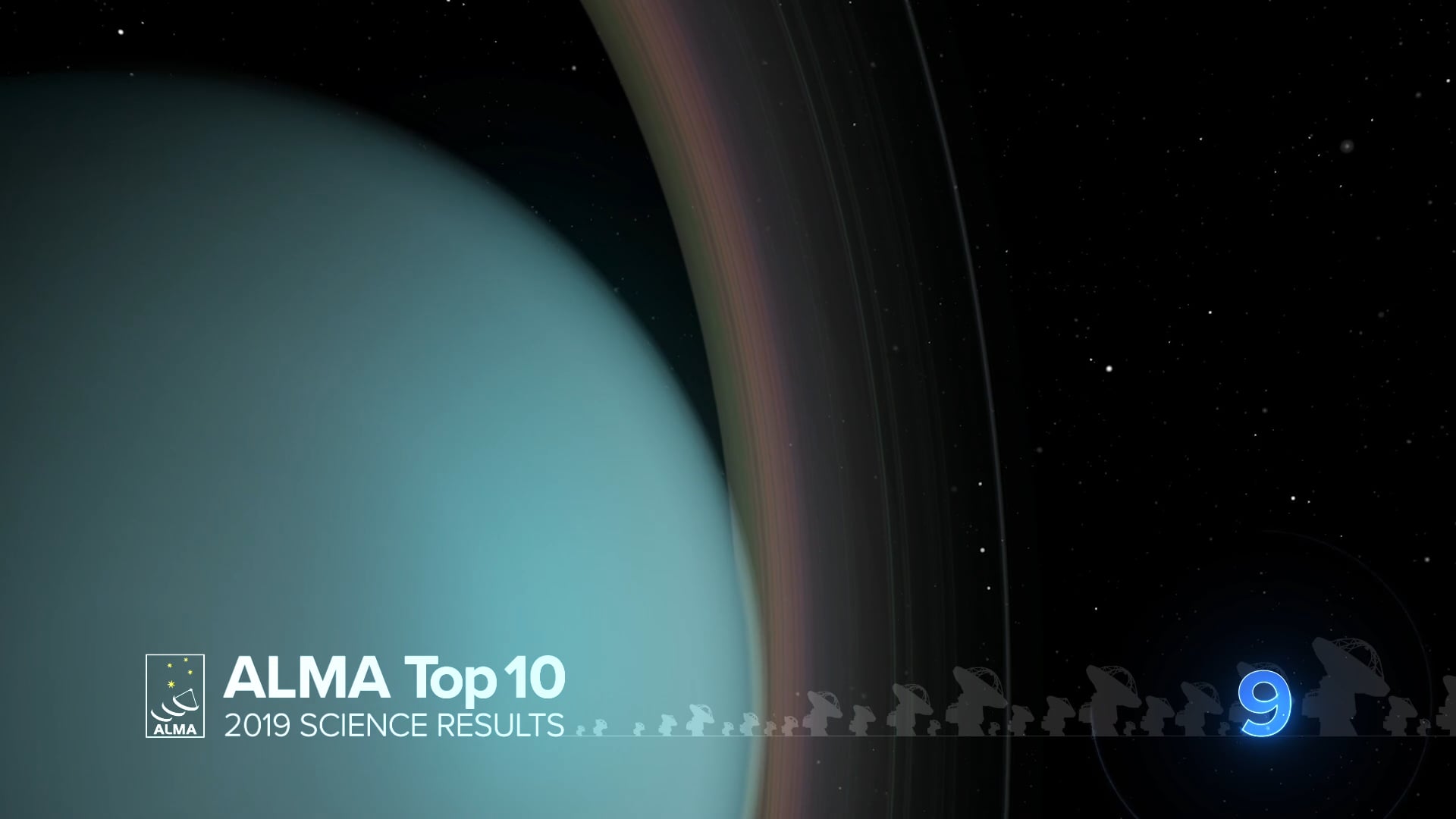A Question About the Shape of the Asteroid and Kuiper Belts

Question:
My knowledge on this matter is very limited so excuse my ignorance, I just want to learn.
In the helical model of our solar system its shown as the sun moving with the planets spiralling around it. My question is how our asteroid belt en kuiper belt behave within this model? The kuiper belt is described as a more donut-like shape and both belts are clearly depicted as such in more classic flat models of our solar system…. so does it keep its shape as it follows our Sun’s trajectory at around 60°?
My apologies if this is a dumb question but I cant wrap my head around visualizing this.
Answer:
The asteroid and Kuiper (or “Trans-Neptunian Region”) belts are composed of remnant material left over from the formation of our solar system. The shapes of both belts are due largely to the gravitational influence of the four gas giant planets: Jupiter, Saturn, Neptune, and Uranus. Jupiter is the major player in maintaining the structure of the asteroid belt, while Neptune is the massive object that controls the structure of and the orbits of many of the objects in the Kuiper Belt. The overall structure of the Kuiper Belt is roughly a doughnut shape, but with some sub-structure due to the existence of different populations of objects. The Kuiper Belt is composed of a number of sub-structures that are by-products of historical interactions of these Trans-Neptunian Objects (or TNOs) with the gas giants in our solar system. One of those sub-structures, which is called the “scattered disk”, contains objects with highly-inclined elliptical orbits. For a very detailed description of the Kuiper Belt’s various sub-structures, see the NASA Solar System Exploration description of the Kuiper Belt.
The Kuiper Belt was formed at the same time as our solar system, which is about 4.6 billion years old, and it takes about 225 million years for the Sun to make one revolution in its orbit about the center of our galaxy. Since our solar system has made many orbits around our galaxy’s center during its lifetime, the Kuiper Belt does appear to keep its general shape over time.





